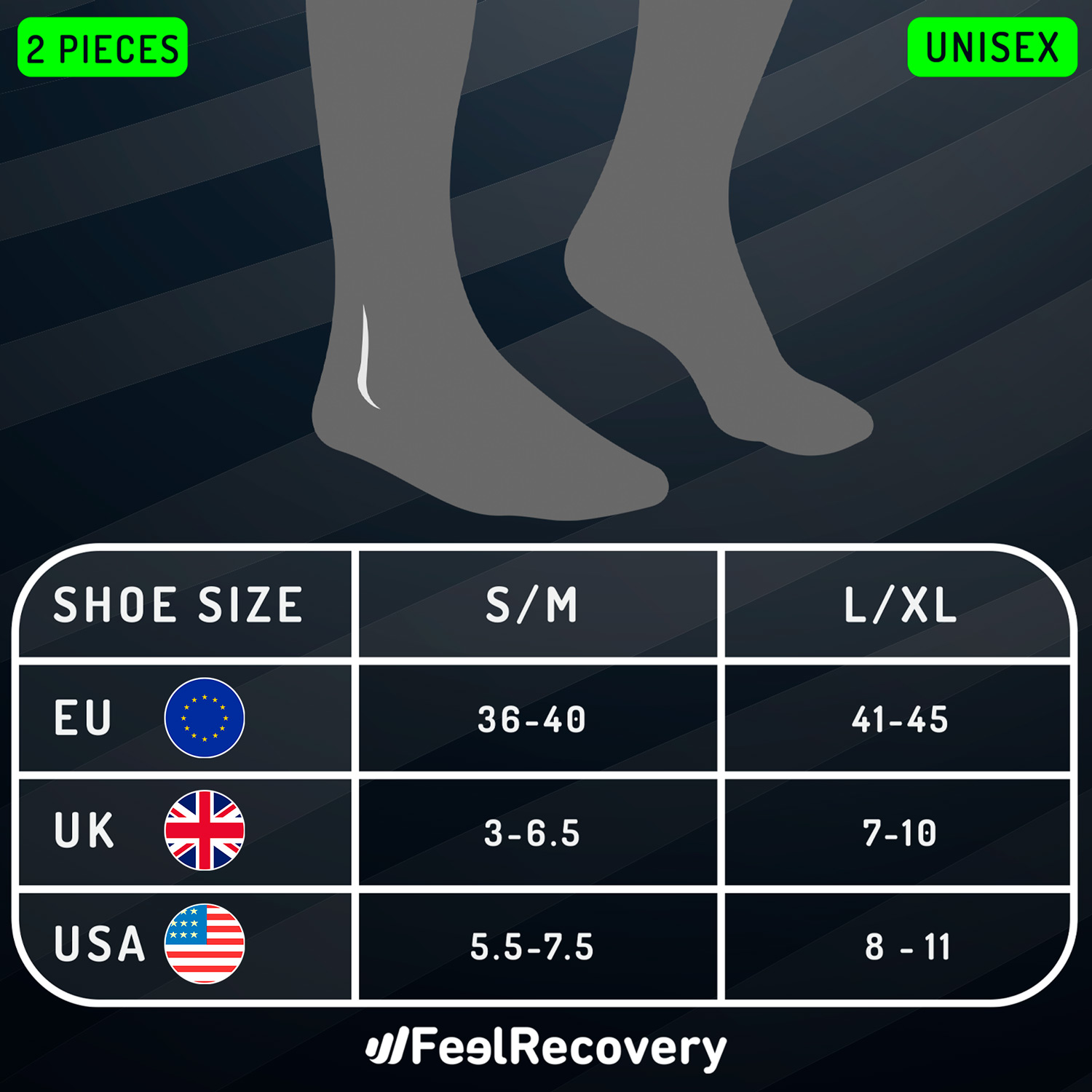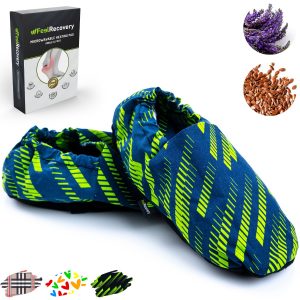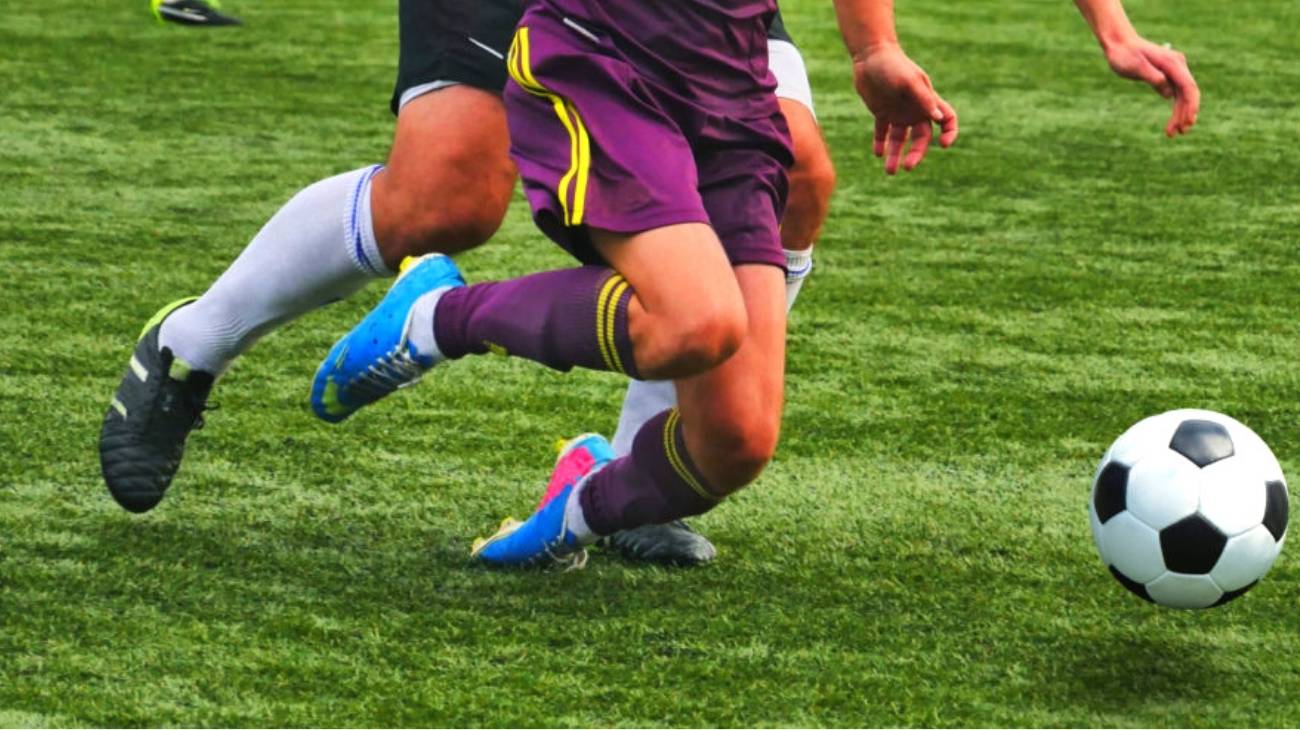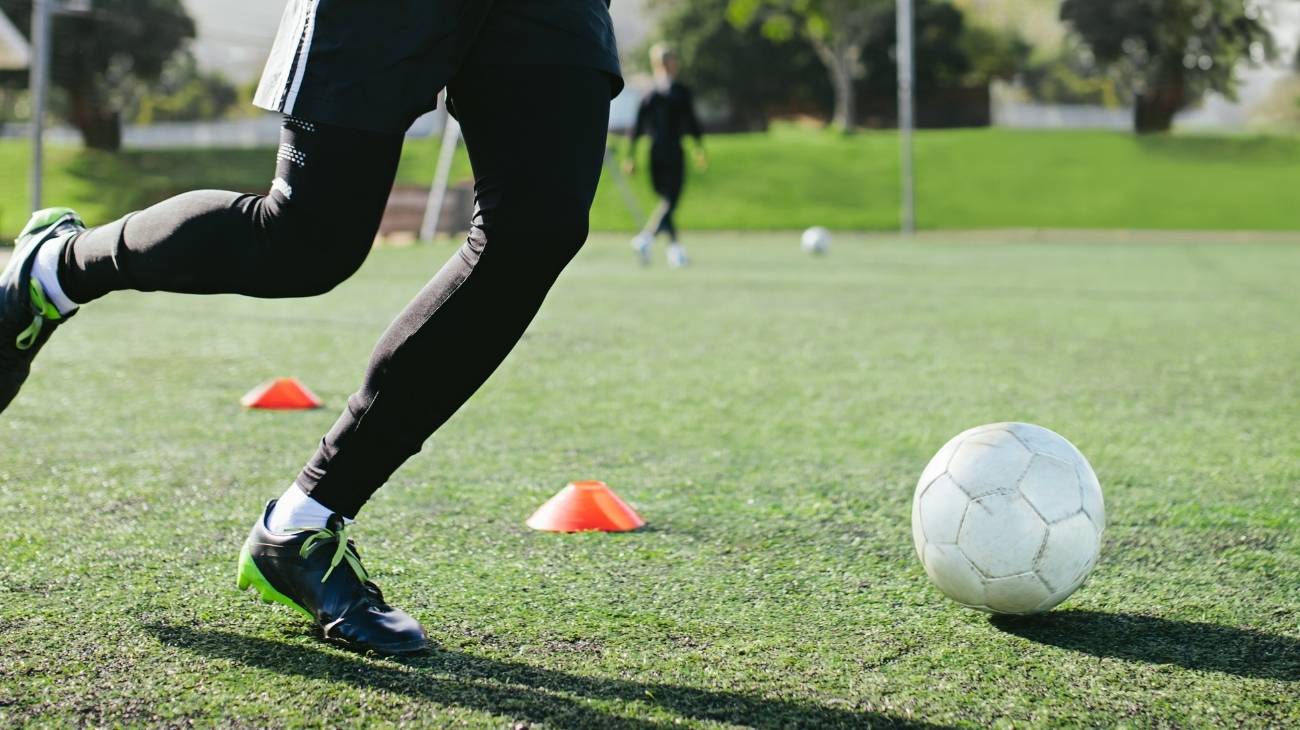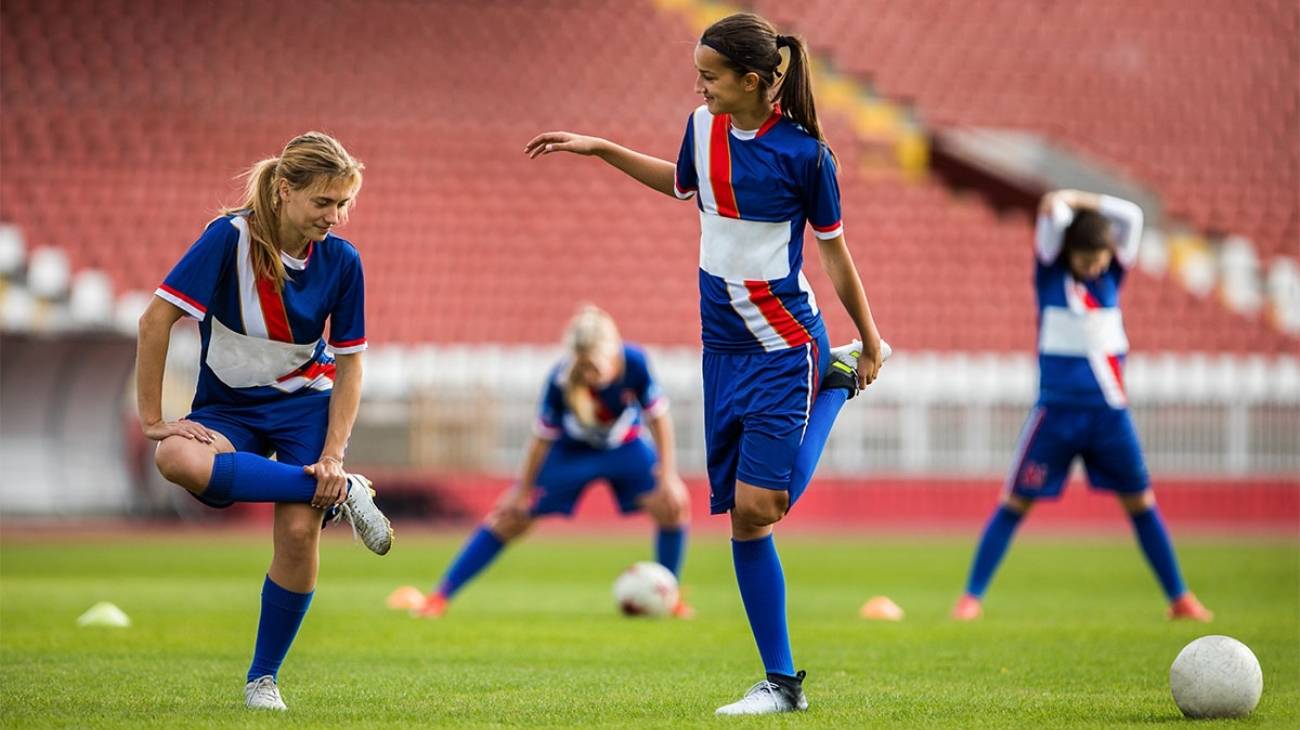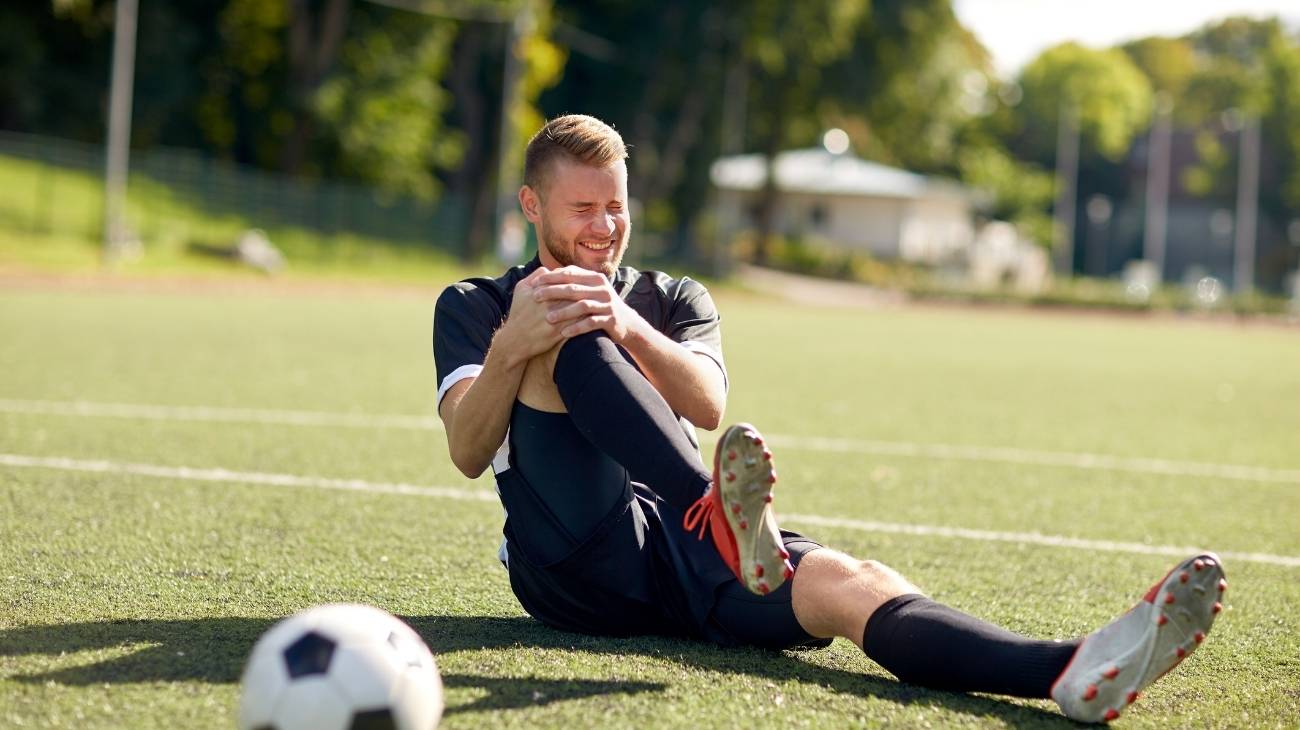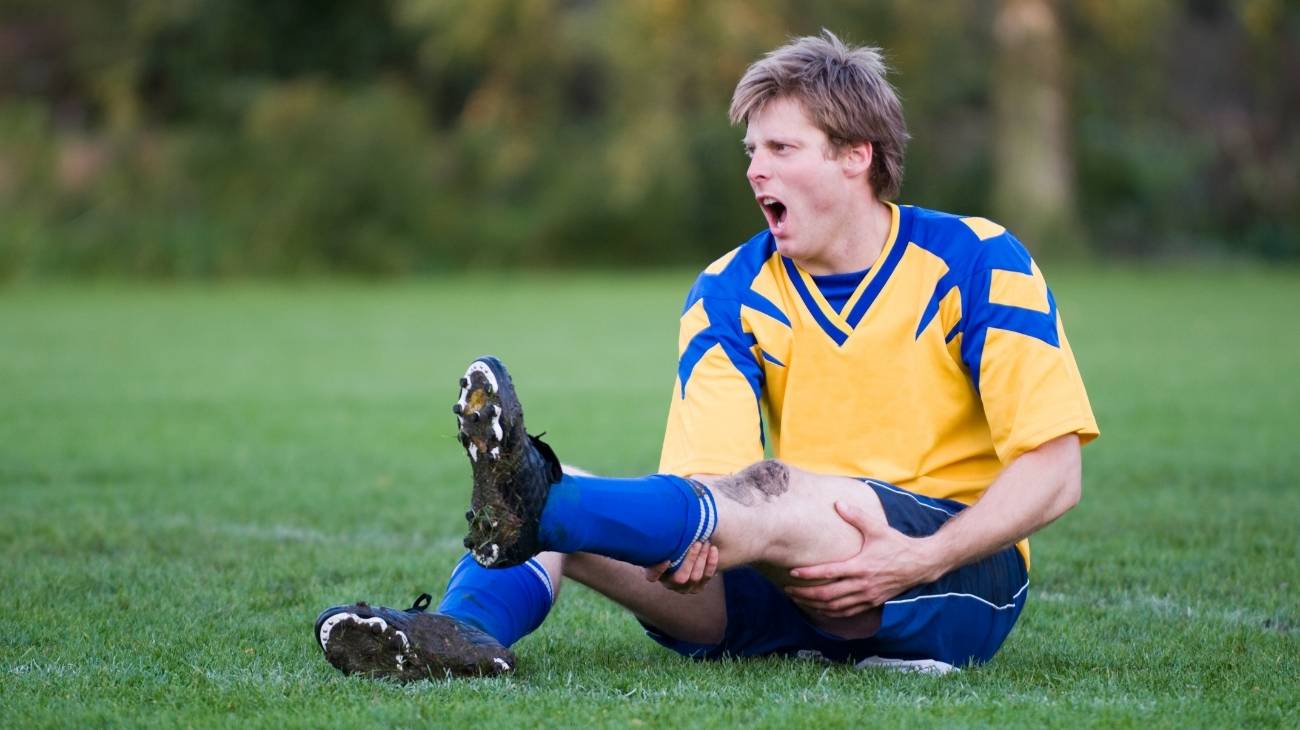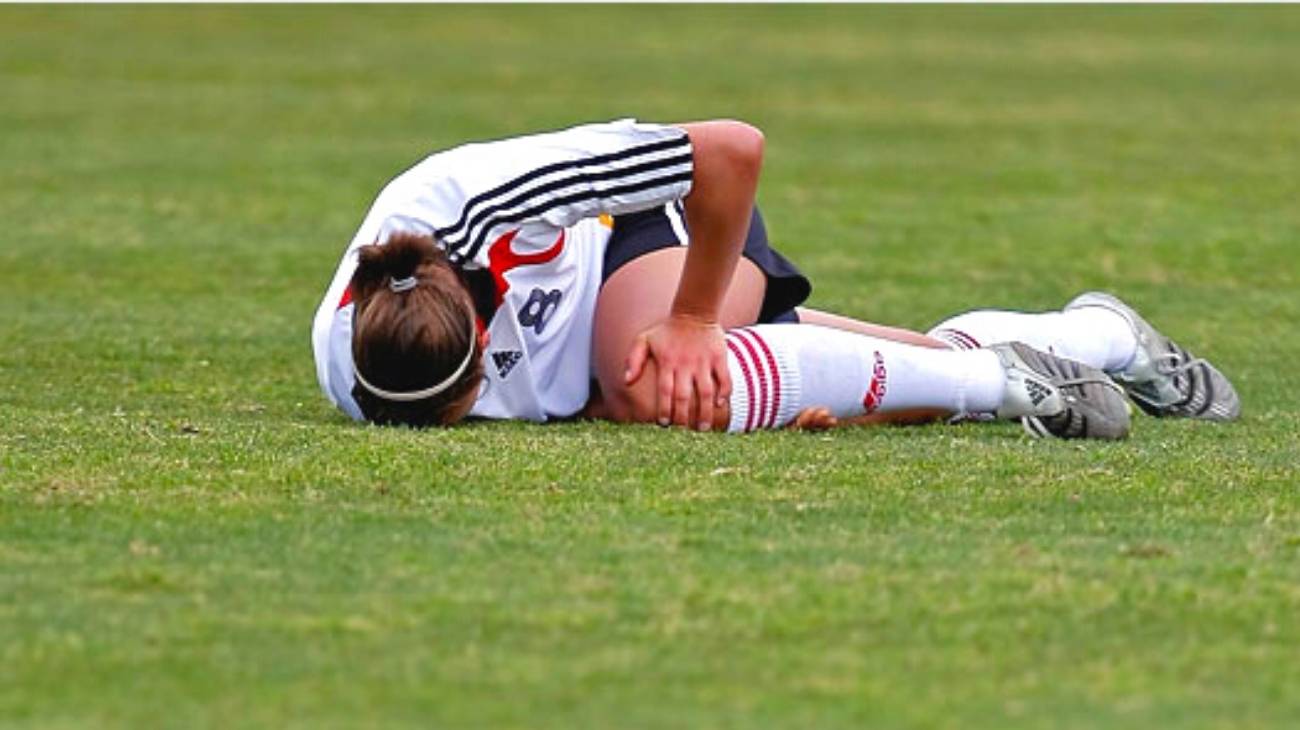Football is the most widely played sport, currently with around 200 million professional, amateur and non-professional players worldwide. As with all sports involving running and jumping, injuries are very common.
are one of the most injured limbs in this sport, as in addition to supporting the entire weight of the body during a sprint, they suffer blows from opponents. In this article you will learn about the most common foot injuries in football and how to treat them effectively with the RICE therapy.
What are the most common types of foot injuries when playing football?
This time we will focus mainly on foot injuries, their causes, consequences and what is the best method to treat them and speed up their recovery.
Several types of injuries can be diagnosed, however, the ones that occur most frequently are the following:
Ankle sprains
Ankle sprains are considered to be one of the most common injuries suffered by football players at any level, both in amateur or amateur football as well as in professional football at a high competitive level. Their main cause is running on uneven ground or taking a wrong step, but they can also be caused by a bad landing after a jump, collisions between players or turning and/or stopping abruptly while running at considerable speed.
The injury can range from a simple sprain to a complete tear of the ligaments or even fractures in the joint that can also affect the fifth metatarsal.
Subungual haematoma
This affects the to enails and is a collection of blood under the toenails that may require a puncture to drain it. This injury is mostly caused by powerful toe kicks, which cause the toes to hit the top of the shoes causing these bruises.
It is a minor and insignificant injury in over 90% of cases. It can also be caused by kicking an opponent's shin guard, although care must be taken with these impacts as they can cause damage to the phalanges.
Metatarsal fractures
These fractures in the long bones of the foot can be caused by stomping while running and also by a bad turn of the ankle. The foot may show deformities and the pain is very sharp, but what is certain is that the player will have to stop the activity immediately.
An X-ray will be required to be clear about the type of fracture and to be able to diagnose taking into account the severity of the fracture. This injury is treated by immobilising the foot in a boot-type cast for several weeks depending on the severity. If the injury is very severe, surgery may be necessary.
Sever's disease
This condition affects the back of the heel very close to the Achilles tendon. This injury is commonly caused by prolonged training without the required rest, which results in moderate pain that can become increasingly uncomfortable if the necessary measures are not taken.
If the injury becomes severe, an x-ray may be needed to check for other injuries. Sometimes players continue training with the addition of special heel stretches, but in severe cases it is advisable to pause football until improvement is noted.
Plantar fasciitis
When the fascia, a soft tissue at the base of the heel, becomes inflamed, it leads to this injury, which causes pain and discomfort when walking and running. Although it starts as a simple discomfort at first, if not treated in time it can become a chronic problem that may even require surgery to release the tissue by cutting it away.
Best products for the recovery of foot and ankle injuries in football players
Bestseller
-
2 Ankle Compression Sleeve (Black/Gray)
£17,50 -
2 Ankle Compression Sleeve (Green/Navy)
£17,50 -
2 Ankle Compression Sleeve (Pink/Bordeaux)
£17,50 -
Acupressure Mat and Pillow (Black/Gray)
£44,95 -
Acupressure Mat and Pillow (Green/Navy)
£44,95 -
Acupressure Mat and Pillow (Pink/Bordeaux)
£44,95 -
Acupressure Pillow (Black/Gray)
£21,52 -
Acupressure Pillow (Green/Navy)
£21,52 -
Acupressure Pillow (Pink/Bordeaux)
£21,52 -
Foot Massage Roller for Plantar Fasciitis (Black)
£17,50 -
Foot Massage Roller for Plantar Fasciitis (Green)
£17,50 -
Foot Massage Roller for Plantar Fasciitis (Pink)
£17,50 -
High Density Foam Roller for Muscle (Black/Gray)
£24,95 -
High Density Foam Roller for Muscle (Green/Navy)
£24,95 -
High Density Foam Roller for Muscle (Pink/Bordeaux)
£24,95 -
Ice Massage Roller Ball (Black)
£34,95 -
Ice Massage Roller Ball (Green)
£34,95 -
Ice Massage Roller Ball (Pink)
£34,95 -
Ice Pack for Foot - Cold Therapy Socks (Black)
£21,95 -
Ice Pack for Foot - Cold Therapy Socks (Green)
£21,95 -
Ice Pack for Foot - Cold Therapy Socks (Pink)
£21,95 -
Microwavable Heated Slippers (Hearts)
£21,50 -
Microwavable Heated Slippers (Oxford)
£21,50 -
Microwavable Heated Slippers (Sport)
£21,50 -
Microwaveable Wheat Bag for Pain Relief (Hearts)
£17,50 -
Microwaveable Wheat Bag for Pain Relief (Oxford)
£17,50 -
Microwaveable Wheat Bag for Pain Relief (Sport)
£17,50 -
Pack 2 in 1: Foam Roller High + Soft Density (Black/Gray)
£24,95 -
Pack 2 in 1: Foam Roller High + Soft Density (Green/Navy)
£24,95 -
Pack 2 in 1: Foam Roller High + Soft Density (Pink/Bordeaux)
£24,95 -
Soft Density Foam Roller for Recovery (Black)
£24,95 -
Soft Density Foam Roller for Recovery (Green)
£24,95 -
Soft Density Foam Roller for Recovery (Pink)
£24,95 -
Sport Compression Socks (1 Pair) (Black/Gray)
£17,50 -
Sport Compression Socks (1 Pair) (Green/Navy)
£17,50 -
Sport Compression Socks (1 Pair) (Pink/Bordeaux)
£17,50
How to apply the RICE therapy to treat foot injuries in football players?
This is a series of methods that are applied as first aid so that you can relieve the inflammation and pain of a discomfort in the first few minutes after suffering it.
Below we teach you the PRICE therapy which stands for: Protection, Rest, Ice, Compression and Elevation:
- Protection: the first thing to do is to make a bandage to protect the affected area or even a splint to protect the limb.
- Rest: the next thing to do is to rest the foot completely without shoring it up or attempting to walk until the extent of the injury has been assessed.
- Ice: the application of cold will be ideal to achieve vasoconstriction of the injury and prevent the blood from continuing to cause inflammation and even reduce it.
- Compression: once the swelling is controlled, a compressive bandage is applied to the foot to prevent it from resuming after a few hours. Just be careful not to press too hard so as not to damage blood vessels.
- Elevation: finally, the affected foot is rested in an elevated position above the level of the heart to reduce circulation and blood flow and prevent re-inflammation.
References
- Fuller, C. W., Ekstrand, J., Junge, A., Andersen, T. E., Bahr, R., Dvorak, J., ... & Meeuwisse, W. H. (2006). Consensus statement on injury definitions and data collection procedures in studies of football (soccer) injuries. Scandinavian journal of medicine & science in sports, 16(2), 83-92. https://onlinelibrary.wiley.com/doi/abs/10.1111/j.1600-0838.2006.00528.x
- Jain, N., Murray, D., Kemp, S., & Calder, J. (2014). Frequency and trends in foot and ankle injuries within an English Premier League Football Club using a new impact factor of injury to identify a focus for injury prevention. Foot and ankle surgery, 20(4), 237-240. https://www.sciencedirect.com/science/article/abs/pii/S126877311400068X
- Noriega, D. C., Cristo, Á., León, A., García-Medrano, B., Caballero-García, A., & Córdova-Martinez, A. (2022). Plantar Fasciitis in Soccer Players—A Systemic Review. International Journal of Environmental Research and Public Health, 19(21), 14426. https://www.mdpi.com/1660-4601/19/21/14426
- Saxena, A., & Fullem, B. (2004). Plantar fascia ruptures in athletes. The American Journal of sports medicine, 32(3), 662-665. https://journals.sagepub.com/doi/abs/10.1177/0363546503261727
- Chandler, T. J., & Kibler, W. B. (1993). A biomechanical approach to the prevention, treatment and rehabilitation of plantar fasciitis. Sports Medicine, 15, 344-352. https://link.springer.com/article/10.2165/00007256-199315050-00006
- Arnason, A., Sigurdsson, S. B., Gudmundsson, A., Holme, I., Engebretsen, L., & Bahr, R. (2004). Risk factors for injuries in football. The American journal of sports medicine, 32(1_suppl), 5-16. https://journals.sagepub.com/doi/abs/10.1177/0363546503258912
- Östenberg, A., & Roos, H. (2000). Injury risk factors in female European football. A prospective study of 123 players during one season. Scandinavian journal of medicine & science in sports, 10(5), 279-285. https://onlinelibrary.wiley.com/doi/abs/10.1034/j.1600-0838.2000.010005279.x
- Ekstrand, J., Hägglund, M., & Waldén, M. (2011). Epidemiology of muscle injuries in professional football (soccer). The American journal of sports medicine, 39(6), 1226-1232. https://journals.sagepub.com/doi/abs/10.1177/0363546510395879
- Hallén, A., & Ekstrand, J. (2014). Return to play following muscle injuries in professional footballers. Journal of sports sciences, 32(13), 1229-1236. https://www.tandfonline.com/doi/abs/10.1080/02640414.2014.905695
- Hespel, P., Maughan, R. J., & Greenhaff, P. L. (2006). Dietary supplements for football. Journal of Sports Sciences, 24(07), 749-761. https://www.tandfonline.com/doi/abs/10.1080/02640410500482974



























